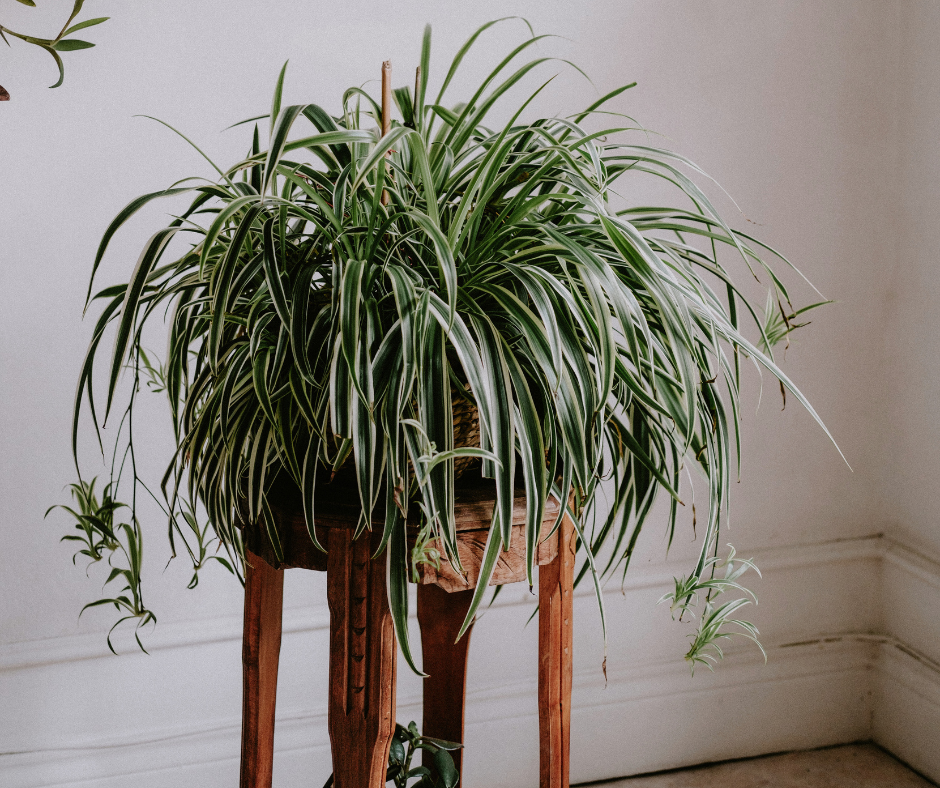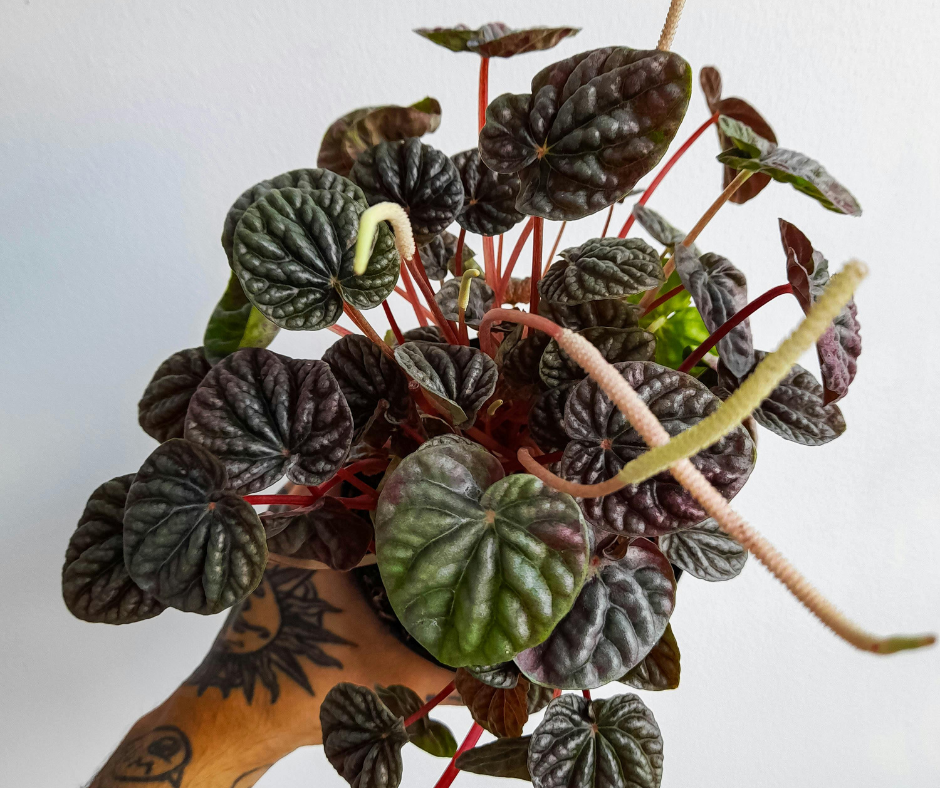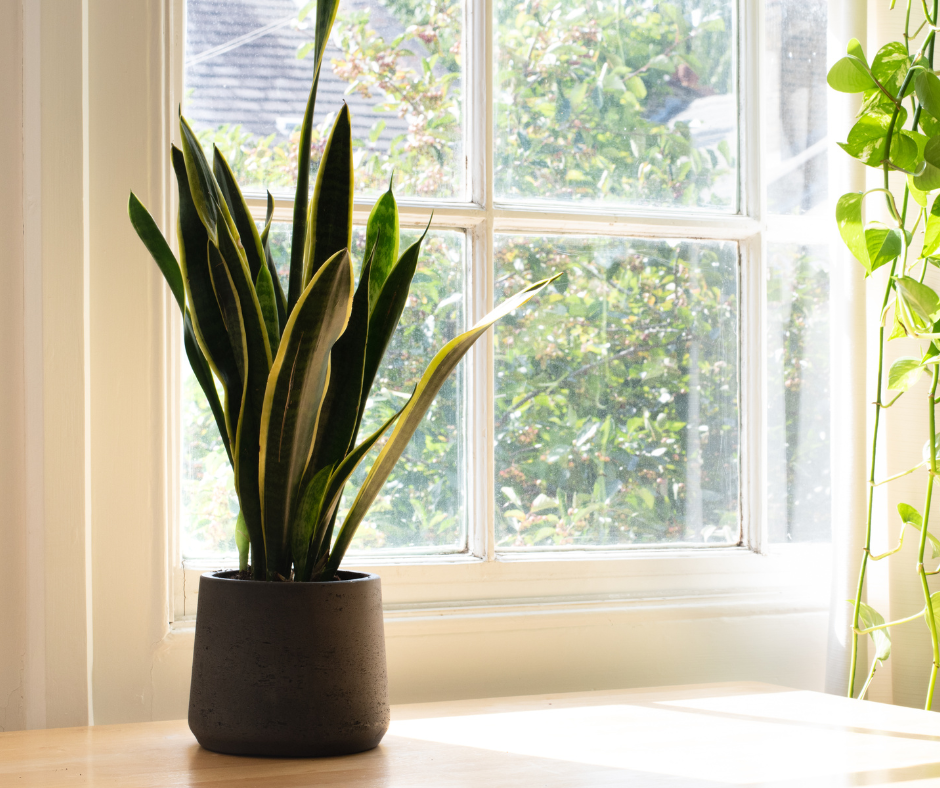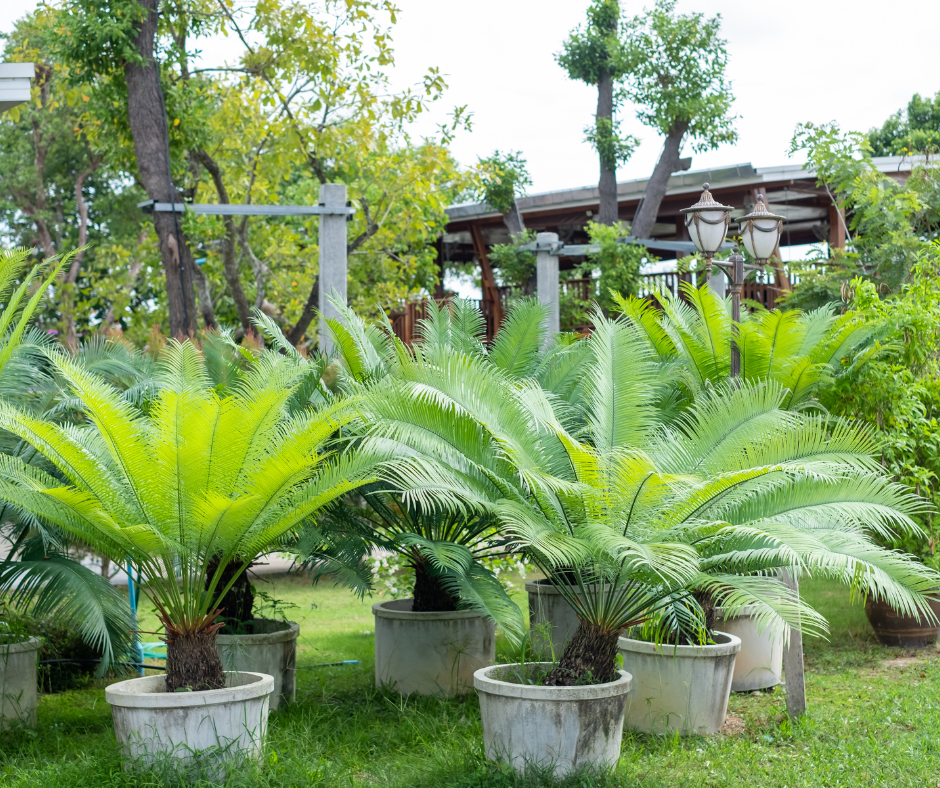

Green and Child-Friendly: Non-Toxic Houseplants for a Safe, Healthy Home
Summary
Reflection Questions
Journal Prompt
Houseplants can enhance the beauty of your home, lift your spirits, and improve indoor air quality. However, safety should be your number one priority when selecting indoor plants if you have children or pets. Certain plants (like the nerve plant) are non-toxic and can be enjoyed without worry, while others (like the corn plant) may pose risks if ingested or touched. In this guide, we offer a list of child and pet-friendly plants that are not only safe but also easy to care for.
Consider These Child-Safe Indoor Plants for Your Home
Spider Plant (Chlorophytum comosum)


Spider Plants have long, arching leaves that are green with white or yellow stripes. These child and pet safe plants produce small white flowers and baby plantlets that dangle down from the mother plant, resembling spiders, hence the name. Historically, the Spider Plant has been a popular houseplant since the Victorian era.
Care Information: Thrives in bright, indirect light but can tolerate lower light conditions. Water moderately, allowing the soil to dry out between waterings.
Boston Fern (Nephrolepis exaltata)


The Boston Fern boasts lush, feathery fronds that can grow up to several feet long, creating a cascading effect. It has been a favorite in homes since the 19th century, symbolizing sincerity and humility. It gained popularity during the Victorian era when ferns were used extensively in home décor and garden design.
Care Information: Prefers indirect light and humid conditions. Keep the soil consistently moist but not waterlogged, and mist regularly to maintain humidity. It’s non-toxic and safe for homes with children and pets.
Areca Palm (Dypsis lutescens)


The Areca Palm has feathery, arching fronds that give it a graceful, tropical appearance. Its slender, bamboo-like stems and bright green leaves add to its charm. Native to Madagascar, the Areca Palm is also known as the Butterfly Palm due to its wing-like fronds. It symbolizes peace, prosperity, and a tropical vibe in home settings.
Care Information: Thrives in bright, indirect light and prefers well-drained soil. Water regularly, allowing the top inch of soil to dry out between waterings. Non-toxic and adds a tropical touch to your home.
Parlor Palm (Chamaedorea elegans)


The Parlor Palm features elegant, arching fronds with delicate, feather-like leaves. It is a slow-growing palm that stays relatively small, making it ideal for indoor spaces. This plant became a symbol of luxury and sophistication in Victorian parlors, hence its name.
Care Information: This low light plant is also pretty ow-maintenance. Water moderately, ensuring the soil remains moist but not soggy. It’s non-toxic and safe for kids and pets.
African Violet (Saintpaulia)


African Violets are known for their velvety leaves and vibrant flowers, which come in shades of purple, pink, white, and blue. The flowers bloom in clusters, creating a stunning display. These plants were first discovered in Tanzania in the late 19th century and quickly became popular for their beauty and ease of care. They symbolize devotion and faithfulness.
Care Information: Prefers indirect light but will tolerate low light. Needs moderate watering, with soil kept evenly moist but not waterlogged.
Calathea (Calathea spp.)


Calatheas are admired for their striking leaf patterns, which often feature intricate designs in shades of green, white, pink, and purple. The leaves have a unique trait of folding up at night, earning them the nickname “prayer plant.” Calatheas are native to tropical regions of the Americas and symbolize new beginnings and growth.
Care Information: Suitable for low to medium light and requires consistently moist soil. Appreciates high humidity and benefits from regular misting.
Peperomia (Peperomia spp.)


Peperomias come in a variety of shapes and colors, with some species having thick, succulent-like leaves, while others have more delicate, textured foliage. They are compact and make great tabletop plants. Peperomias have been grown as ornamental plants for centuries and are often associated with positive energy and prosperity.
Care Information: Prefers bright, indirect light but can tolerate lower light conditions. Water moderately, allowing the soil to dry out between waterings.
Baby Rubber Plant (Peperomia obtusifolia)


The Baby Rubber Plant has thick, glossy leaves that are oval-shaped and deep green. It can grow as a compact, bushy plant, making it ideal for indoor spaces. This plant is native to tropical regions of the Americas and is valued for its low maintenance and attractive foliage. It symbolizes resilience and endurance.
Care Information: Thrives in indirect light and requires moderate watering, with the soil allowed to dry out between waterings.
Mosaic Plant (Fittonia albivenis)


The Mosaic Plant, also known as Fittonia (Fittonia albivenis), is an excellent choice for families with small children, cats, and dogs. It features small, colorful leaves with striking vein patterns that resemble a mosaic, and it comes in various colors, including green with white, pink, or red veins.
Care Information: To care for it, provide bright, indirect light but know that it can tolerate lower light conditions. Keep the soil consistently moist but not waterlogged, and mist regularly to maintain humidity. This plant thrives in high humidity environments, making it an ideal choice for bathrooms or terrariums, and prefers temperatures between 65-80°F (18-27°C).
Polka Dot Plant (Hypoestes phyllostachya)


The Polka Dot Plant features colorful leaves with spots of pink, white, or red, resembling a polka dot pattern. The leaves are oval-shaped and create a vibrant display. Native to Madagascar, the Polka Dot Plant is often used in terrariums and as a decorative houseplant. It symbolizes creativity and cheerfulness.
Care Information: Grows well in indirect light and prefers consistently moist soil. Avoid direct light. Benefits from regular misting to maintain humidity.
Friendship Plant (Pilea involucrata)


The Friendship Plant has crinkled, textured leaves that are deep green with a bronze hue. It grows as a small, bushy plant and is easy to propagate, making it a popular gift among friends. Native to Central and South America, the Friendship Plant symbolizes companionship and good fortune.
Care Information: This indoor plant prefers indirect light and consistently moist soil. Easy to propagate and non-toxic, making it safe for families with small children and pets.
But Avoid These Toxic Plants When Decorating
Those listed above are generally child, dog, and cat safe plants. However, many plants are dangerous. Parents should avoid plants that pose serious health risks to children and pets if ingested or, in some cases, even touched. Below are a few plants to absolutely avoid and the reasons why.
Avoiding these plants can help ensure a safer environment for children and pets. If any of these plants are already present in your home, we recommend replacing them with non toxic plants right away. If ingestion or contact occurs, seek medical or veterinary attention immediately.
Snake Plant


The Snake Plant, also known as Sansevieria or Mother-in-Law’s Tongue, is a popular houseplant known for its upright, sword-like leaves that can be green, variegated with yellow edges, or striped with shades of green and gray. It is a hardy plant that thrives in a variety of conditions, making it a low-maintenance choice for busy households.
Fuel your creative fire & be a part of a supportive community that values how you love to live.
subscribe to our newsletter
*please check your Spam folder for the latest DesignDash Magazine issue immediately after subscription


The Snake Plant is said to purify air, removing toxins like formaldehyde and benzene from the air. However, it is important to note that the Snake Plant is toxic to humans and pets if ingested. This toxic plant can cause nausea, vomiting, and diarrhea. Keep it out of your indoor garden!
Dieffenbachia (Dumb Cane)


Dieffenbachia (Dumb Cane) contains calcium oxalate crystals that can cause severe oral irritation, swelling, and difficulty swallowing if ingested. Symptoms include pain, swelling, vomiting, and difficulty breathing, making it a plant to avoid in homes with children and pets.
Philodendron


Philodendron is another plant that contains calcium oxalate crystals, leading to oral irritation, swelling, drooling, and vomiting if ingested. Its toxic nature makes it unsuitable for homes with curious children and pets.
Oleander


Oleander (Nerium oleander) contains cardiac glycosides, which can cause severe heart issues. Symptoms of ingestion include nausea, vomiting, abdominal pain, irregular heart rhythms, and even death, making it extremely dangerous for any household.
Sago Palm


Sago Palm (Cycas revoluta) contains cycasin, a highly toxic compound that can cause liver failure. Ingestion leads to symptoms like vomiting, diarrhea, seizures, liver damage, and potentially death, posing a significant risk to children and pets.
Peace Lily


Peace Lily (Spathiphyllum) also contains calcium oxalate crystals, causing irritation if ingested. Symptoms include oral irritation, a burning sensation, drooling, and difficulty swallowing, necessitating caution in homes with young ones and animals.
English Ivy


English Ivy (Hedera helix) contains saponins, which can cause severe digestive upset. Symptoms of ingestion include vomiting, diarrhea, abdominal pain, and drooling, making it another plant to avoid in family environments.
Pothos


Pothos (Epipremnum aureum), with its calcium oxalate crystals, can cause oral irritation, swelling, vomiting, and drooling if ingested. Its toxic properties make it unsafe for households with children and pets.
Lilies


Lilies (Lilium spp. and Hemerocallis spp.) are highly toxic to cats, causing acute kidney failure. Symptoms in cats include vomiting, lethargy, loss of appetite, and kidney failure, making lilies particularly dangerous in homes with feline pets.
Azaleas


Azalea (Rhododendron spp.) contains grayanotoxins that affect the cardiovascular system. Symptoms of ingestion include vomiting, drooling, diarrhea, and abnormal heart rhythms, posing a significant threat to children and pets.
Foxglove


Foxglove (Digitalis purpurea) contains cardiac glycosides that affect the heart. Symptoms of ingestion include nausea, vomiting, diarrhea, confusion, and heart arrhythmias, making it a hazardous plant for homes with small children and animals.
Final Thoughts on Selecting Child and Pet-Friendly Plants for Your Home
When selecting houseplants for a home with small children and pets, you must consider their safety above all else. While many beautiful and easy-to-care-for plants are non-toxic, some popular varieties can pose risks if ingested. To ensure the well-being of your family, it’s always a good idea to verify the safety of any plant you’re considering bringing into your home. If you’re unsure about the toxicity of a specific plant, don’t hesitate to reach out to your pediatrician or local nursery for advice. They are excellent resources for guidance on safe and suitable plants for your environment. By taking these precautions, you can enjoy the beauty and benefits of houseplants while maintaining a safe and healthy home.








